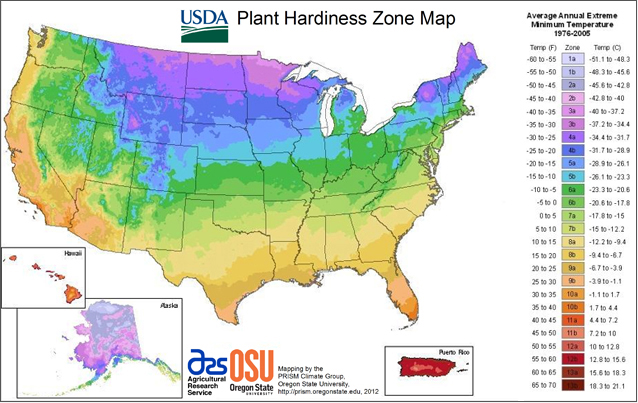Skip to product information

Poppy Seeds - California Poppy - Golden Poppy - Eschscholzia californica
In stock
Poppy Seeds - California Poppy - Golden Poppy - Eschscholzia californica
- Regular price
- $5.99
- Unit price
- per
- Eschscholzia californica - Non-GMO, Open-Pollinated, Untreated, Heirloom
- Easy-to-grow annual wildflower that thrives in poor soils and drought conditions, making it perfect for low-maintenance gardens and xeriscaping projects.
- Vibrant orange blooms appear from spring through fall, creating stunning displays that attract beneficial pollinators like bees and butterflies to your garden.
- California's official state flower brings authentic native beauty to landscapes, with delicate, papery petals that open in sunlight and close in the evening.
- Self-seeding variety that naturalizes easily, returning year after year with minimal care while spreading to create larger patches of colorful wildflowers.
- Versatile planting options work well in wildflower meadows, rock gardens, borders, or containers, with seeds that can be direct-sown in fall or early spring for best germination.
USDA Hardiness Zones
USDA Hardiness Zones
6, 7, 8, 9, 10

Planting Tips
Planting Tips



